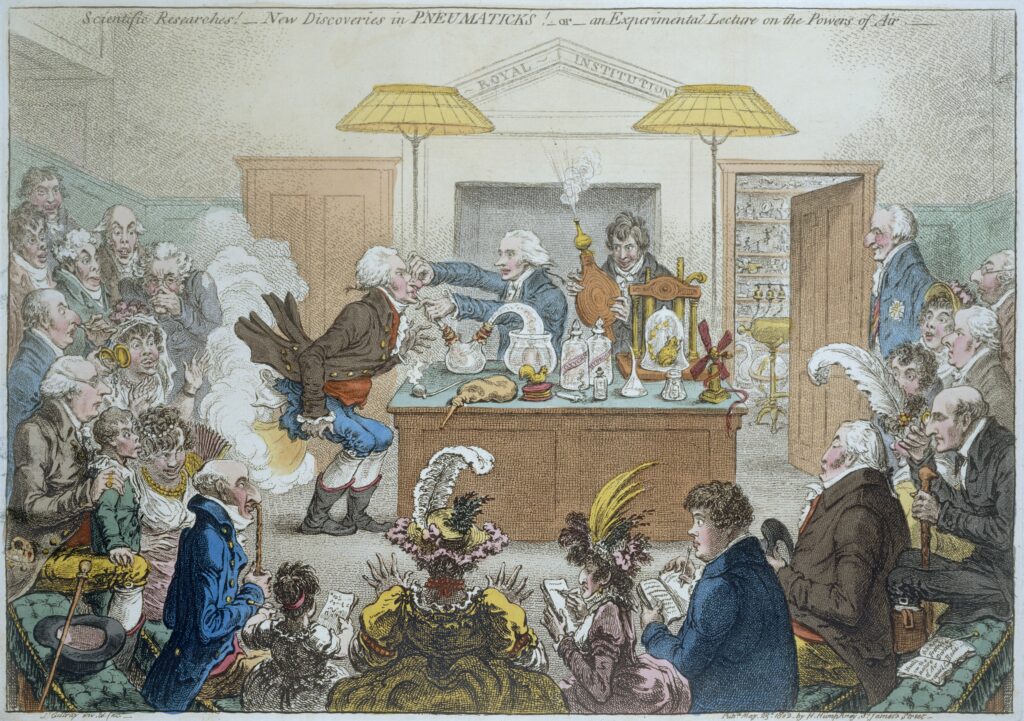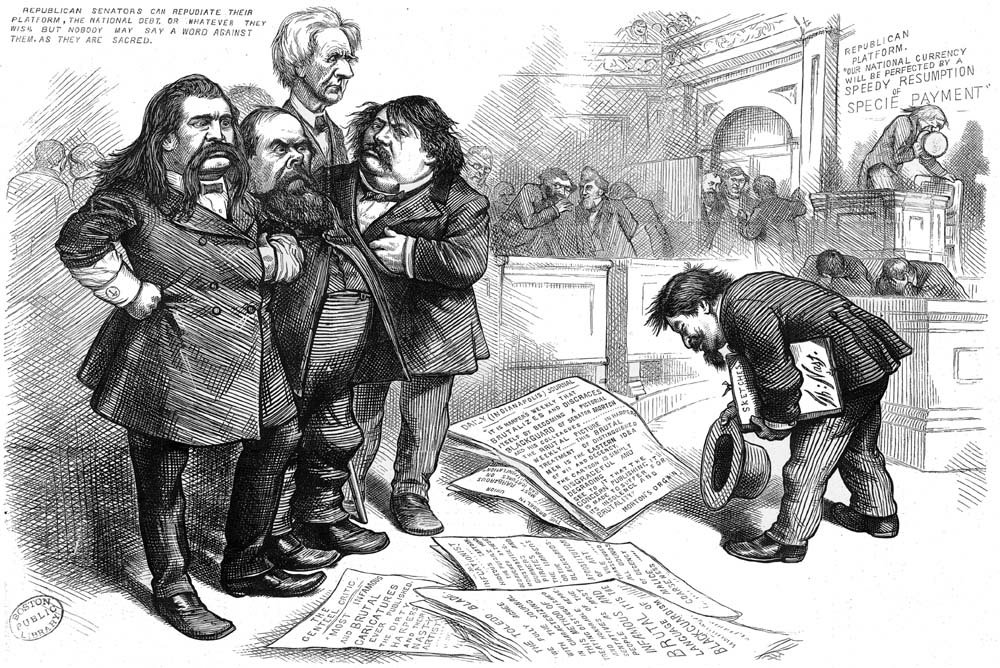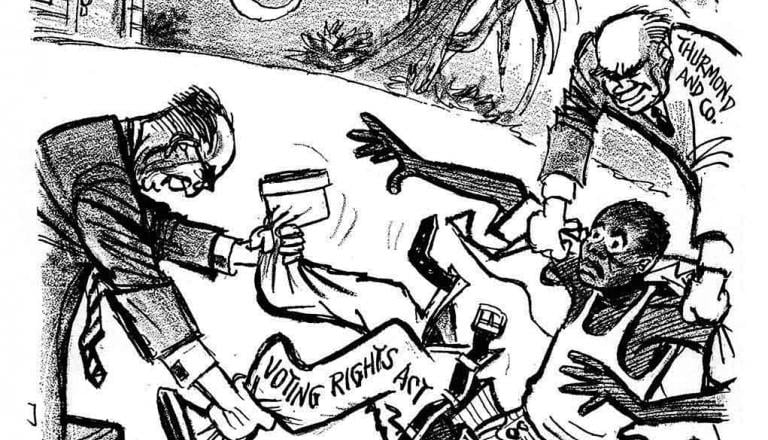A Visual History of Editorial Cartoons: Editorial cartoons have long been a powerful tool for commentary, satire, and social critique. Throughout history, cartoonists have used their craft to hold up a mirror to society, often with a biting sense of humor and an unwavering commitment to the truth. These cartoons have not only documented history but have also played an essential role in shaping public opinion and offering critique of political, social, and cultural events.
In this article, we’ll take a journey through the visual history of editorial cartoons, exploring their evolution from the 18th century to the present day. Along the way, we’ll uncover how this unique form of art has developed, how it has adapted to changing political and social landscapes, and how it continues to influence contemporary discourse.

The Origins of Editorial Cartoons: 18th Century Beginnings
While cartoons have existed in various forms for centuries, the editorial cartoon as we know it began to take shape in the 18th century. One of the earliest examples of a political cartoon in modern history was The British Bullfrog, a 1720s satirical print by artist James Gillray. Gillray is often credited as the father of political caricature. His sharp, exaggerated depictions of British politicians, particularly Prime Minister William Pitt, used humor and exaggeration to expose the absurdities of political power.
Gillray’s work laid the foundation for editorial cartoons, where humor and exaggerated caricatures were used to comment on the political and social issues of the day. His famous 1791 work The Plumb-pudding in Danger depicted Pitt and Napoleon Bonaparte carving up the world like a piece of meat, offering an early example of how cartoons could visualize complex political issues.
Key Characteristics of 18th Century Editorial Cartoons:
- Caricature: Exaggeration of physical features for dramatic effect.
- Satire: Use of humor and irony to criticize individuals and political systems.
- Political Commentary: Direct engagement with the politics of the day.

The Golden Age of Political Cartoons: 19th Century
The 19th century marked the “golden age” of political cartoons, particularly in Europe and America. The rise of mass printing and the proliferation of newspapers provided an ideal platform for cartoonists to engage with the public. Cartoons became an essential part of news reporting, offering commentary on wars, social movements, and political scandals.
In England, George Cruikshank’s illustrations became some of the most famous of the era. He used caricature to highlight societal issues such as poverty, the abuse of power, and the effects of industrialization. Cruikshank’s 1830 illustration The Bottle was a poignant commentary on the dangers of alcohol consumption, depicting the social consequences of drunkenness in an exaggerated, yet deeply emotional way.
Across the Atlantic, Thomas Nast became one of the most influential American political cartoonists of the 19th century. Nast’s cartoons shaped public opinion during the Civil War and in the post-war era. His caricature of political figures like Boss Tweed, a corrupt New York politician, played a major role in the public’s eventual rejection of political machines in America. Nast is also credited with creating the modern image of Santa Claus, showing how cartoonists not only shaped politics but also popular culture.
Key Characteristics of 19th Century Editorial Cartoons:
- Political Activism: Cartoons began to take a more direct stance on political issues, often advocating for social change.
- Moralizing: Many cartoons served as moral lessons, calling attention to issues like corruption, slavery, and social inequality.
- Emotional Impact: Illustrations became more poignant and dramatic, appealing to readers’ emotions as much as their intellect.

The 20th Century: Editorial Cartoons in a Changing World
The 20th century witnessed monumental changes in both the world and the medium of editorial cartoons. The rise of mass media—radio, television, and later the internet—meant that cartoons had an even greater potential to influence public opinion. This was especially evident in the wake of two World Wars, during which editorial cartoons played a crucial role in shaping public perception of political figures, ideologies, and global events.
In the early 1900s, artists like Sir David Low and Herblock (Herbert Block) emerged as influential figures in the editorial cartoon world. Their work was often deeply political, reflecting the growing tensions between nations and ideologies in the lead-up to World War I and World War II.
Low’s cartoons were instrumental in criticizing Adolf Hitler and the rise of fascism, helping to galvanize opposition to Nazi ideology. One of his most famous cartoons, The British Bulldog, showed Winston Churchill as a determined bulldog, symbolizing Britain’s resistance against Nazi Germany. The use of animal symbolism became a key feature of 20th-century editorial cartoons, allowing cartoonists to represent political figures in exaggerated and often humorous ways.
Meanwhile, Herblock’s Herblock’s History series—published during the McCarthy era—became legendary for its critique of Senator Joseph McCarthy’s anti-Communist witch hunts. Through a series of sharp, satirical drawings, Herblock played a pivotal role in bringing attention to the dangers of McCarthyism, cementing the power of editorial cartoons to fight back against political repression.
Key Characteristics of 20th Century Editorial Cartoons:
- Global Impact: Editorial cartoons were now a global phenomenon, with artists commenting on international affairs, from the rise of totalitarian regimes to the Cold War.
- Increased Visual Irony: The use of irony and visual metaphor became more pronounced, as cartoonists engaged with complex political themes like war, peace, and civil rights.
- Digital Innovation: The advent of the internet in the late 20th century began to change the landscape of editorial cartoons, allowing artists to reach a global audience instantly.

The Digital Age: Editorial Cartoons Today
The 21st century has brought about significant changes in how editorial cartoons are produced, shared, and consumed. While the traditional print format still thrives in newspapers and magazines, digital platforms like social media have given editorial cartoonists new avenues for expression. Online platforms like Twitter, Instagram, and blogs have democratized cartooning, allowing artists to share their work with an audience that extends far beyond the pages of a newspaper.
Today’s cartoonists, such as Ben Sargent, Steve Bell, and the team at The New Yorker, continue to use caricature, exaggeration, and satire to comment on current events. Their work reflects the political polarization and divisive issues of the digital age—topics such as climate change, immigration, populism, and the ongoing challenges of democracy. Political cartoons have become more instantaneous and reactive, with cartoonists often creating works in response to breaking news events.
Perhaps one of the most notable shifts in modern editorial cartoons is the rise of digital tools. Many cartoonists now use software like Adobe Illustrator to create their work, allowing for greater precision and speed. However, some artists still prefer traditional methods, using pen and ink to create a more organic feel to their illustrations.
Furthermore, editorial cartoons have expanded beyond traditional media outlets, with many cartoonists finding success through self-publishing or through independent media outlets. Online platforms have also allowed editorial cartoons to become more interactive, with cartoons often sparking debate or dialogue among viewers in comment sections or on social media platforms.
Key Characteristics of 21st Century Editorial Cartoons:
- Instant Response: Cartoonists now have the ability to respond to events in real time, creating timely and relevant commentary.
- Broader Reach: The digital age has expanded the global reach of editorial cartoons, making them more accessible to diverse audiences.
- Visual Experimentation: Artists are experimenting with new forms of digital media, combining animation, video, and interactivity with traditional cartooning.

The Enduring Power of Editorial Cartoons
Despite the changes in the media landscape, editorial cartoons remain as relevant today as they were centuries ago. The power of caricature, exaggeration, and satire continues to provide a unique way to criticize, reflect on, and make sense of the world around us. Whether poking fun at political leaders, challenging social norms, or commenting on global events, editorial cartoons remain a vital part of modern journalism and a vital tool for public discourse.
From the early satirical prints of James Gillray to the fast-paced, digitally-driven cartoons of today, editorial cartoons have evolved with the times. Yet their core purpose remains unchanged: to inform, entertain, and—most importantly—make us think.
A Visual History of Editorial Cartoons: The Legacy of Editorial Cartoons
Looking back at the visual history of editorial cartoons, it’s clear that this art form has been instrumental in shaping our understanding of history, politics, and culture. As we move further into the digital age, cartoons continue to evolve, adapting to new technologies and platforms while retaining their role as powerful tools of commentary and critique.
Through caricature, humor, and satire, editorial cartoons will continue to challenge us, question authority, and expose the absurdities of the world around us, ensuring that this age-old art form remains as relevant and vital as ever.
This post was created with our nice and easy submission form. Create your post!





2 Comments